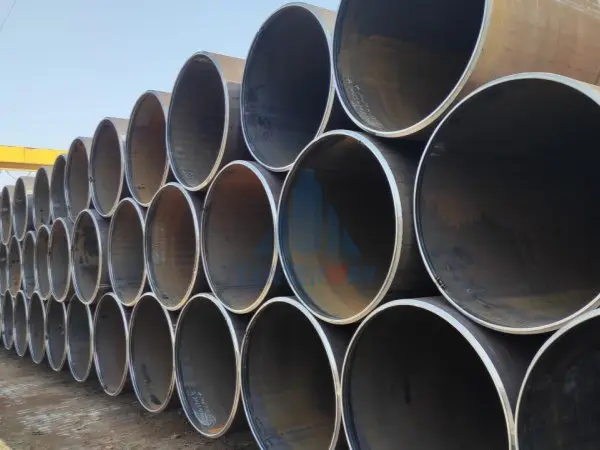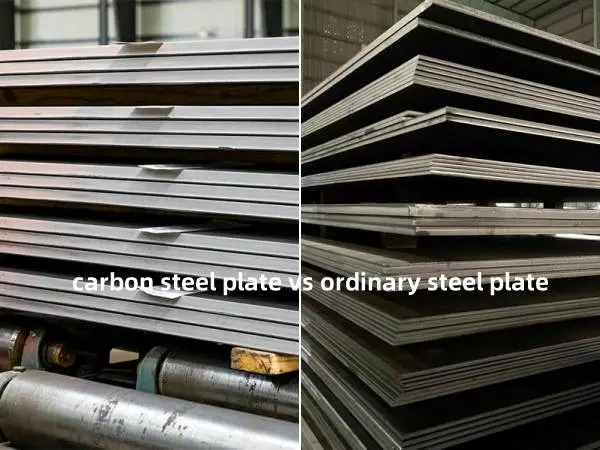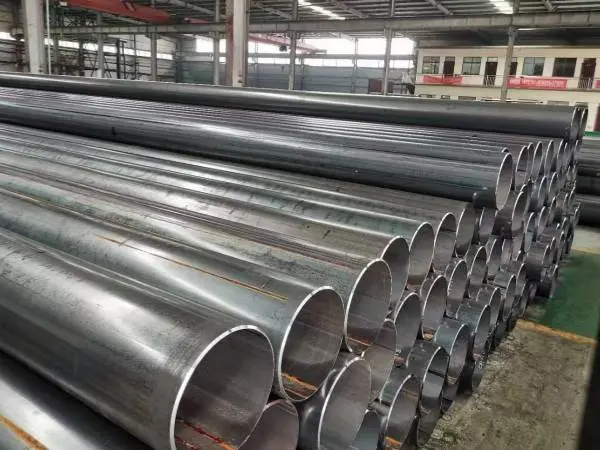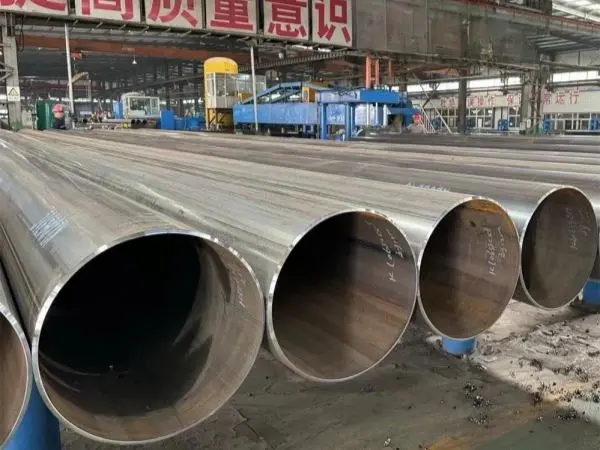- Phone0086 731 8564 8255
- E-mailsales@cscsteel-manufacturing.com
-

With the rapid advancement of industry, carbon steel seamless pipe (CS seamless pipe) has become increasingly prevalent across various sectors. Its processing technologies are now receiving significant attention due to its desirable features such as a hollow cross-section, uniform wall thickness, smooth internal and external surfaces, and consistent quality. These characteristics make it a vital material for fluid transmission, including oil, natural gas, and water, as well as structural and mechanical components. This article will outline the eight major processing techniques for structural carbon steel seamless pipes.
Cold Processing:
Cold processing involves shaping and refining pipes without heating, often utilizing specialized equipment like pipe benders and expanders. This method enables the creation of pipes with diverse angles and shapes, making it one of the most commonly used techniques.
- Cold Drawing
Cold drawing is a frequent method for carbon steel seamless pipe production. It involves pulling the steel pipe through a die to reduce its diameter, wall thickness, and increase its length. The process delivers high-precision pipes with uniform wall thickness and a smooth surface, widely used in the petroleum, chemical, and construction industries.
- Cold Rolling
Cold rolling refers to the deformation of steel pipes at room temperature through multiple rolling passes. This technique ensures high precision and uniformity, producing pipes with smooth surfaces ideal for applications in automotive and machinery manufacturing. However, it is more complex and costlier compared to other methods.
Note: Proper tools and safety precautions are necessary when performing cold processing to prevent accidents and machine failures.
Hot Processing:
Hot processing techniques involve working the steel pipes at elevated temperatures and include methods such as hot rolling and hot extrusion.
- Hot Rolling
Hot rolling heats the steel pipe to a high temperature before rolling it through a die. This process reduces pipe size and wall thickness and is ideal for producing large-diameter, high-strength pipes used in boiler tubes, pressure vessels, and oil and gas industries. Hot rolling, however, requires careful temperature control to prevent over-deformation.
- Hot Extrusion
In hot extrusion, heated billets are placed in an extruder, where the material is forced through a die by an extrusion rod. This method is particularly useful for producing small-diameter, thin-walled, high-precision pipes, often utilized in aerospace and automotive sectors.
Note: Hot processing demands precise temperature and time control to maintain the integrity of the steel, along with operator safety measures to avoid accidents.
Other Processing Techniques:
Several additional techniques contribute to the finishing and enhancement of carbon steel seamless pipes.
- Forging
Forging involves hammering the seamless pipe into the desired size and shape, improving its mechanical properties and toughness. However, it may reduce dimensional accuracy and surface quality.
- Straightening
Straightening corrects any bends or deformations in the pipe, ensuring stability and enhancing the pipe’s performance during transport and use. It is a widely used step in the production of seamless steel pipes.
- Cutting
Cutting is a basic but essential process, performed manually or mechanically. Manual cutting using tools like knives or saws is simple but slow, while mechanical cutting with machines increases speed but requires expertise.
- Polishing
Polishing improves the surface finish and aesthetics of carbon steel seamless pipes, enhancing their corrosion resistance and longevity. This process can be mechanical, chemical, or electrochemical, depending on the application needs, and is common in the petrochemical, food, and pharmaceutical sectors.
Each of these techniques is crucial for ensuring the seamless pipe meets specific industry standards and performance requirements. By employing the appropriate methods, manufacturers can produce high-quality pipes tailored to various industrial applications.




